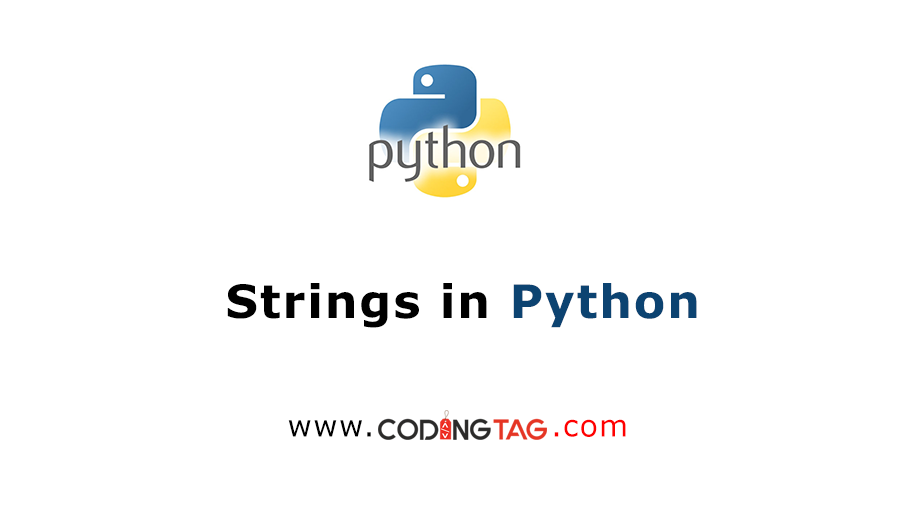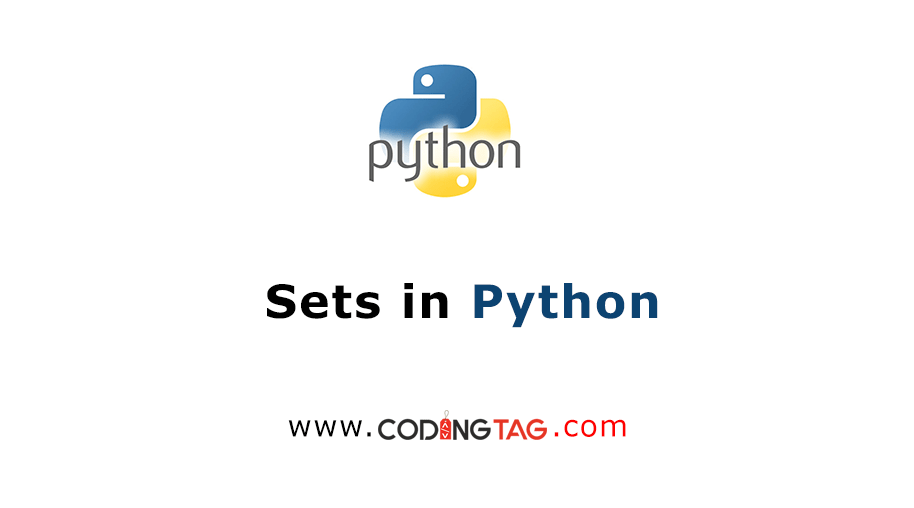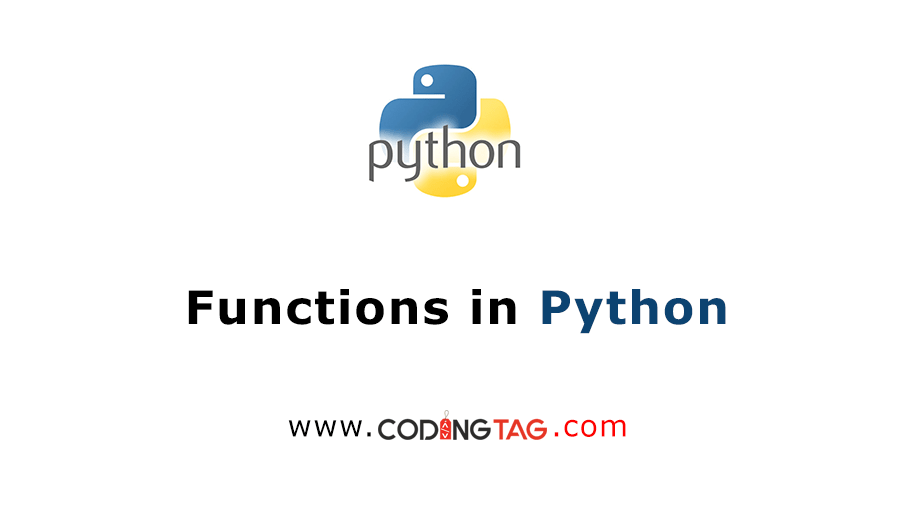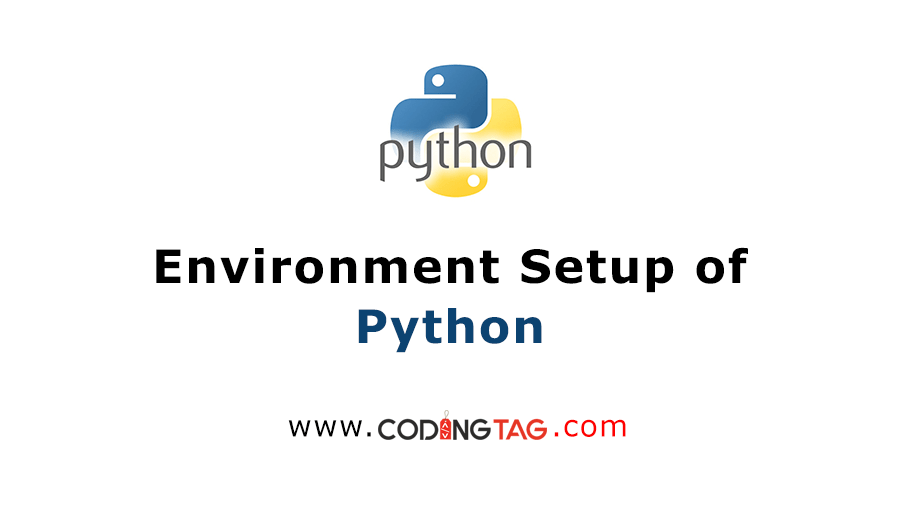Python MongoDB Tutorial
0 104
MongoDB is a widely-used NoSQL database that stores data in flexible, JSON-like documents. Unlike traditional relational databases, MongoDB doesn't rely on tables and rows but uses collections and documents, making it ideal for handling unstructured or semi-structured data. This tutorial will guide you through integrating MongoDB with Python using the PyMongo library.
Installing PyMongo
To interact with MongoDB through Python, you'll need to install the pymongo library. Use pip to install it:
pip install pymongoConnecting to MongoDB
After installing PyMongo, you can establish a connection to your MongoDB server:
import pymongo
client = pymongo.MongoClient("mongodb://localhost:27017/")
db = client["mydatabase"]This code connects to the MongoDB server running on localhost and accesses (or creates) a database named mydatabase.
Creating a Collection
In MongoDB, a collection is similar to a table in relational databases. You can create a collection as follows:
collection = db["customers"]This creates a collection named customers within the mydatabase database.
Inserting Documents
Documents are records in MongoDB, represented as dictionaries in Python. You can insert a single document:
customer = {"name": "John", "address": "Highway 37"}
collection.insert_one(customer)Or insert multiple documents at once:
customers = [
{"name": "Amy", "address": "Apple st 652"},
{"name": "Hannah", "address": "Mountain 21"},
{"name": "Michael", "address": "Valley 345"}
]
collection.insert_many(customers)Querying the Database
To retrieve documents from a collection, use the find() method:
for customer in collection.find():
print(customer)You can also filter the results:
query = {"address": "Highway 37"}
customer = collection.find_one(query)
print(customer)Updating Documents
To update existing documents, use the update_one() or update_many() methods:
query = {"address": "Valley 345"}
new_values = {"$set": {"address": "Canyon 123"}}
collection.update_one(query, new_values)Deleting Documents
To delete documents, use the delete_one() or delete_many() methods:
query = {"address": "Mountain 21"}
collection.delete_one(query)Sorting Results
You can sort the results of a query using the sort() method:
for customer in collection.find().sort("name"):
print(customer)Conclusion
Integrating MongoDB with Python using PyMongo allows for efficient handling of NoSQL databases. With the ability to perform CRUD operations and more, you can build robust applications that manage data effectively.
For dedicated UPSC exam preparation, we highly recommend visiting www.iasmania.com. It offers well-structured resources, current affairs, and subject-wise notes tailored specifically for aspirants. Start your journey today!

Share:






Comments
Waiting for your comments